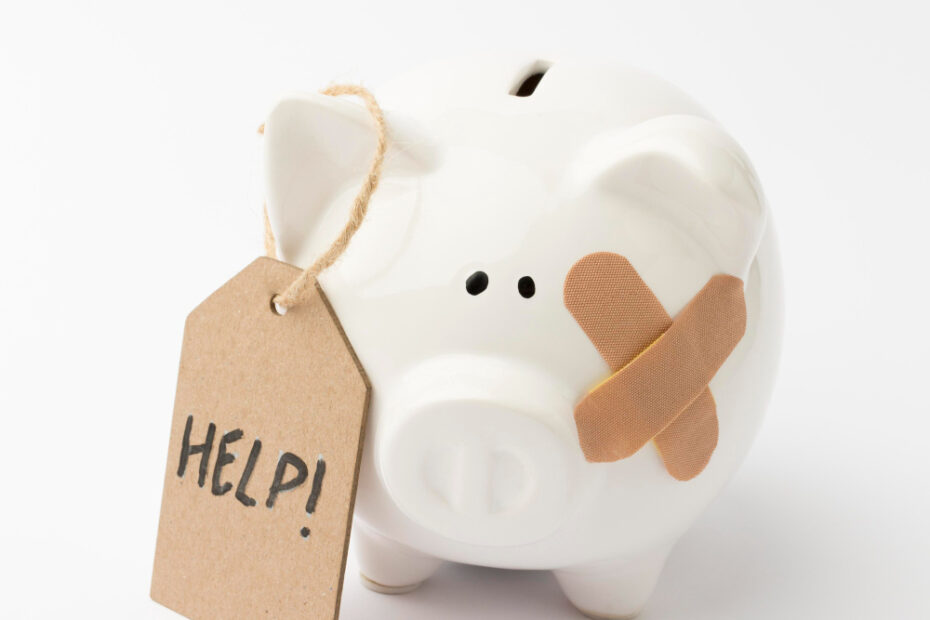Building an emergency fund is a crucial step in financial planning, providing a safety net for unexpected expenses or financial downturns. Here’s a step-by-step guide to building an emergency fund:
- Set a Target: First, decide how much you want to save. A common recommendation is to have enough to cover 3 to 6 months of living expenses. Consider your personal circumstances, such as job stability, health, and family obligations.
- Create a Budget: Understand your income and expenses. Identify non-essential expenses that you can reduce or eliminate. This might include dining out, subscriptions you don’t use often, or luxury items.
- Establish a Separate Savings Account: Open a savings account specifically for your emergency fund. This separates your fund from everyday spending money and can reduce the temptation to dip into it.
- Set Up Automatic Transfers: Automate your savings. Set up a direct deposit from your paycheck or an automatic transfer from your checking to your savings account right after you get paid.
- Start Small, then Scale Up: If you’re not used to saving, start with a small, manageable amount. As you get more comfortable, try to increase your savings rate.
- Use Windfalls Wisely: Deposit unexpected income, like tax refunds, bonuses, or gifts, directly into your emergency fund.
- Review and Adjust Regularly: Periodically review your budget and savings goals. As your income increases or your expenses decrease, adjust your savings contributions accordingly.
- Keep the Fund Liquid: Your emergency fund should be easily accessible. Avoid investing this money in assets that have risk or can’t be quickly converted to cash without penalties.
- Don’t Touch the Fund Unless Necessary: Only use the emergency fund for actual emergencies, like unexpected medical expenses, urgent car repairs, or during a job loss. Avoid using it for planned expenses or non-essentials.
- Stay Committed and Patient: Building an emergency fund is a marathon, not a sprint. Stay committed to your savings plan and be patient. It takes time to build a substantial fund.
Remember, the size of your emergency fund will depend on your personal situation. What’s important is that it provides a financial buffer to help you avoid debt in case of unforeseen expenses.
